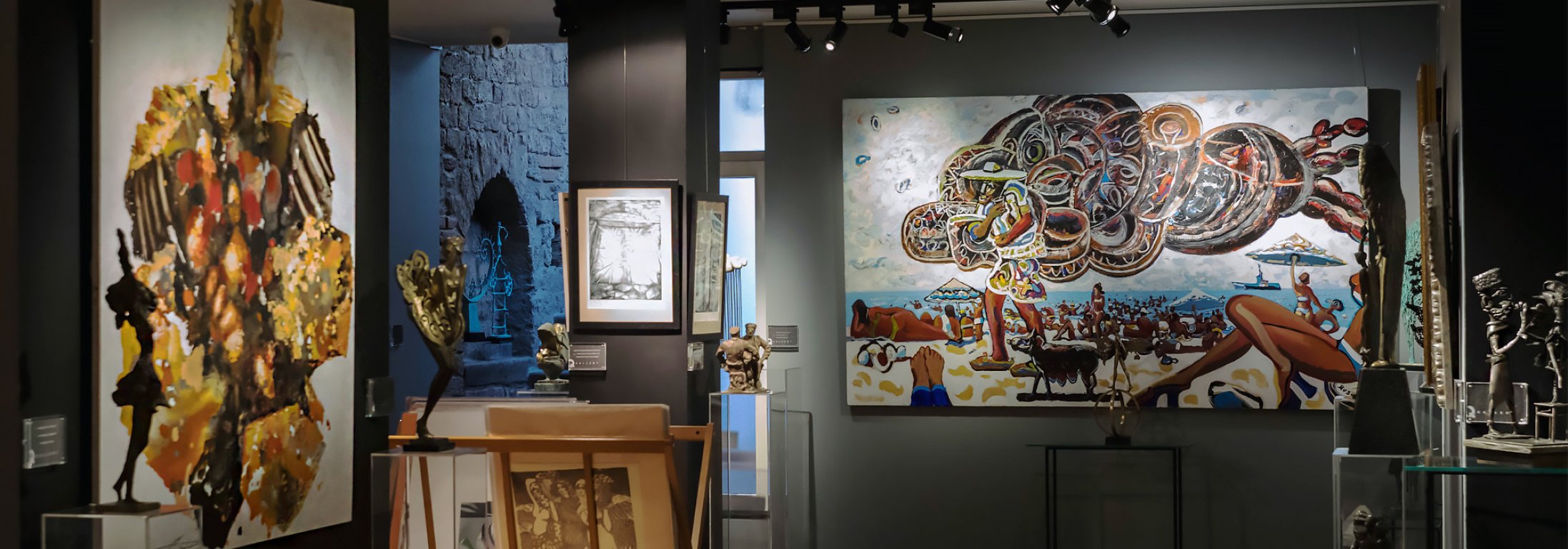Altay Sadigzade / #EVDƏQALereya
Altay Sadigzade
Born in Baku in 1951
In 1966-70, he studied at the A. Azimzadeh Art College in Baku.
He continued education in prestigious Faculty of Painting at the Surikov Institute in Moscow in 1971-77 and received his degree from there.
Since 1970 he has been a participant of various exhibitions.
He is a member of the USSR Artist Union since 1979 and a member of Baku Arts Center
Since 1988 his works are in national and private collections in Azerbaijan, Belgium, France, Germany, Iran, Israel, Norway, Russia, Spain, Switzerland, Turkey, United Kingdom, USA.
As a leading artist, curator, designer, and art advocate in Azerbaijan, Altay Sadigzade’s influence on the contemporary art scene has been profound. Beginning his career as a young artist in the Soviet Union, he studied at both the Faculty of Painting at the Surikov State Academic Art Institute in Moscow and the Azimzade State College of Art in Baku. A member of the Azerbaijan Union of Artists and Baku Art Centre, he has exhibited widely in group exhibitions in France, USA, Turkey, Germany, Italy, UK, Austria and Russia and he has held numerous solo exhibitions across the world, including multiple events in USA, France and Azerbaijan, in addition to solo exhibitions in Istanbul, London and Beijing.
His works are held in institutional and private collections is in Azerbaijan, Belgium, France, Germany, Iran, Israel, Norway, Russia, Spain, Switzerland, Turkey, UK and USA. In 2007, he launched a monograph of his work called “Painting and Sketch” at the Librairie Flammarion Centre, Centre Pompidou, Paris. In Baku, he is the director of the Museum of Modern Art (MoMA), which he designed during its inception in 2008-2009.
Altay is influenced by his extensive travels, and his works features different geographies, as well as influences from various art movements, which he combines to form a new visual language. In his sculptural works he uses materials, such as metal to make his abstract figures three dimensional, adding depth to his conceptual work.
